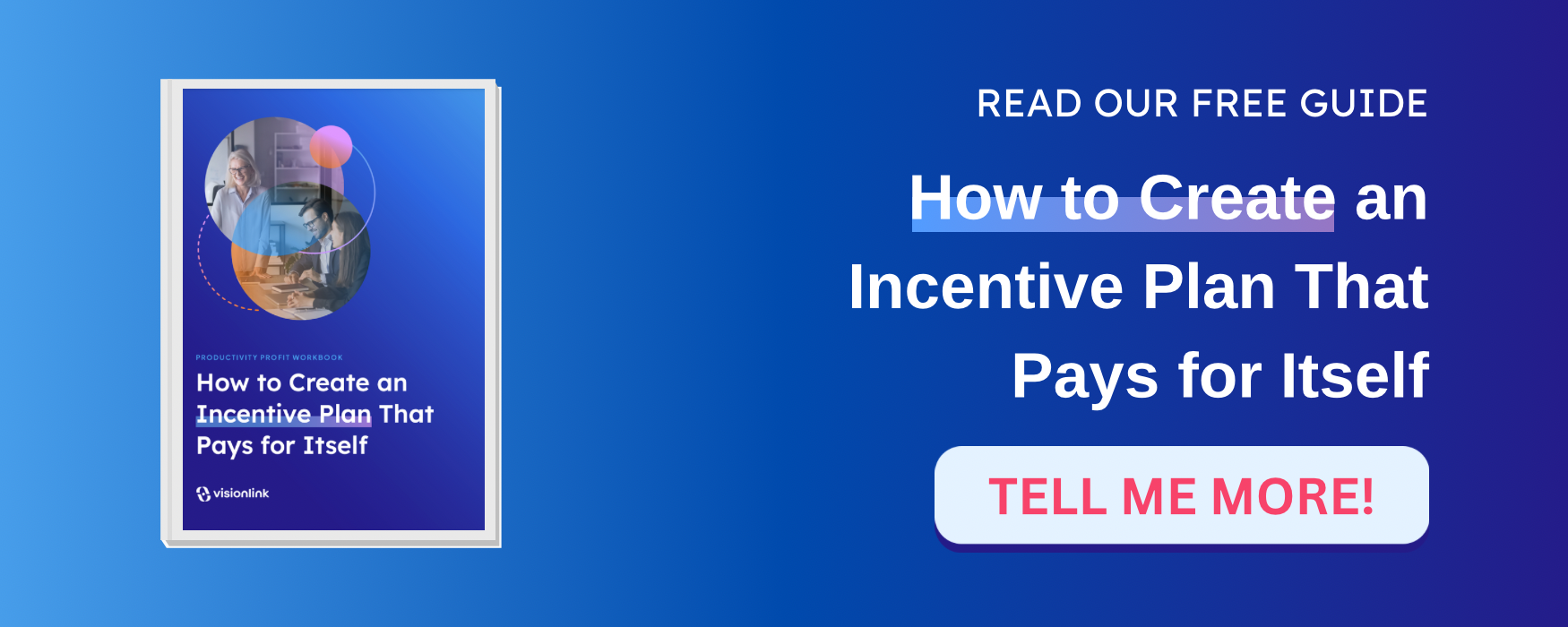Is Incentive Compensation Viable in an Uncertain Economy? (Part One)
April 15, 2025 • By Ken Gibson

Chances are, today's economic environment is creating some uncertainty for your business. And given the expensive nature of compensation, you realize that the size of your payroll could quickly become a serious problem if the economy remains uncertain or worsens. Due to these conditions, you may be wondering how to manage your rewards offering going forward, particularly the role incentive plans should play in your pay strategy. Should you even offer incentive compensation in an economy as uncertain as this one?
The short answer is yes. In fact, incentive compensation must become a larger part of your offering if your pay offering is going to meet the demands of our current environment. During the pandemic, the reason compensation became problematic for many companies was that it lacked flexibility and was too heavily weighted toward guaranteed income (salaries). Therefore, going forward, incentives should comprise a larger portion of employee earnings.
Flexible but Enduring
What you need your rewards strategy to be in any economy is agile—especially in an uncertain one. This means it must give you options for how to pay your people based on what’s happening in your business, your industry or the economy right now. This does not imply you should reinvent your compensation offering every time there is a significant change in any of those categories. That would be financially impractical, strategically problematic, and lead to chaos. However, you do need to create enough flexibility in your pay structure to accommodate change as it occurs. Here’s how.
Consider your company’s compensation offering in the same way you would an investment portfolio. In building the latter, any reliable expert would have you start by creating an investment philosophy statement. This essentially becomes your portfolio “constitution,” stating the purpose your investments will serve and for what period. Your philosophy will identify the types of asset classes that will be considered for the portfolio and how they will be evaluated over time.
When you have established a clear objective for your investment portfolio and articulated your philosophy about the types of investments it should include, it becomes easier to select the specific assets you should acquire within the asset classes you have selected. Then, once you have secured and allocated your investments, you have flexibility in how you manage them based on the ebb and flow of economic conditions that occur. You can achieve this by periodically rebalancing the assets in your portfolio, rather than selling the ones you have and replacing them with new ones every time the economy shifts.
This is also the ideal way to approach your rewards portfolio. Consider each compensation and benefits plan as an asset class that should only be included if it is consistent with the purpose and philosophy of your pay strategy. And as the economy changes, you shouldn’t stop some pay plans and put others in. Instead, you should shift the “weight” (emphasis or volume of investment) you give one set of programs over others. You rebalance your pay portfolio. This will be difficult to do if you have limited the number of compensation “asset classes” in your portfolio. It was this lack of diversity that left you feeling stuck when the COVID-19 economy hit. You had no way to rebalance your rewards offering because it was largely invested in one or two types of pay plans (typically salaries and bonuses) and some group benefits (commonly medical insurance and a 401 (k) plan).
This is why incentive compensation will be so important to you going forward. Companies that adopt a balanced approach between guaranteed and incentive compensation will find room to adjust how they pay their people when challenging times require a different emphasis. For example, companies that have both a long-term and a short-term incentive plan can reduce or eliminate contributions to their STIP in a sour economy but offset that change with additional contributions to the long-term plan. While this reduces an employee’s current earnings, it creates a potential long-term payoff for people who can help their company survive and then thrive in the future. And it also reduces the cash flow impact of the compensation you are paying. You can actually increase performance rewards (long-term incentive plan contributions) but lower current compensation expense at the same time.
In part two of this series on the viability of incentive compensation in the current environment, we will address this concept further and offer specific examples of how a balanced pay strategy can create the flexibility you need.
Ready to Get Started?
When it comes to building a compensation strategy, you can trust that VisionLink knows what works and what doesn’t. We are ready to share that knowledge with you.
Stay Connected
Receive free, ongoing access to updates on compensation and talent trends, reports, events, and more.


